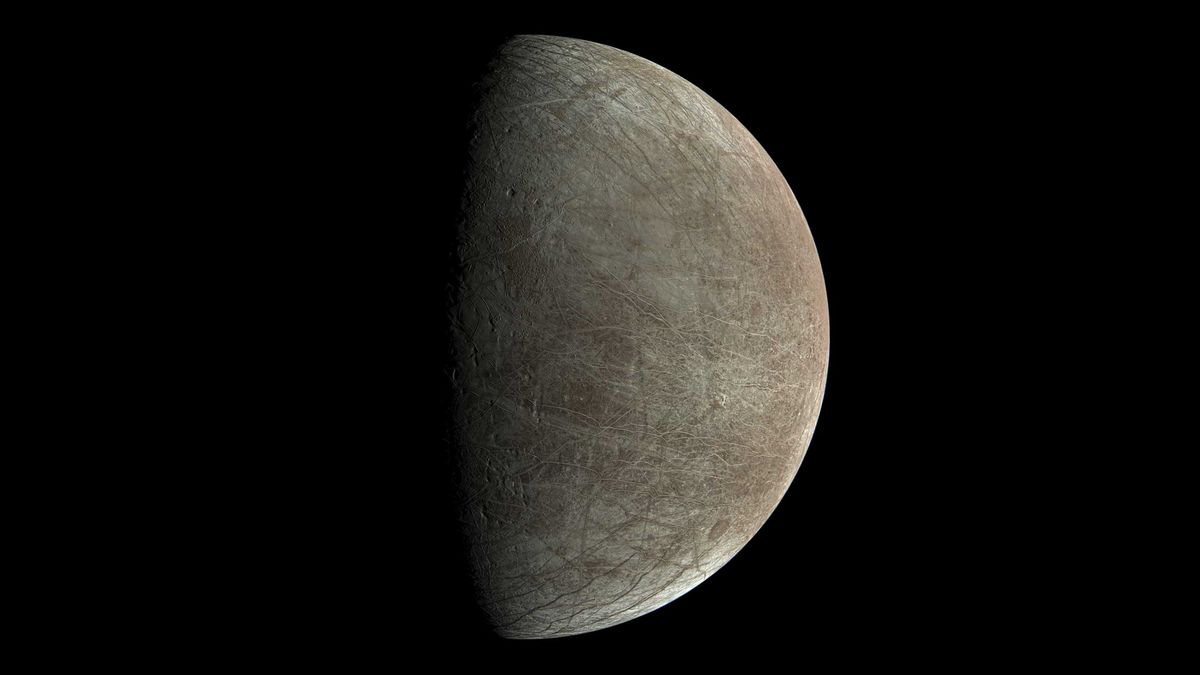Solar Sails: Potential Catalysts for Alien Life Discovery
Solar sails, akin to sailboats utilizing wind, present a novel opportunity for cost-effective exploration in pursuit of extraterrestrial life on select frigid moons within our planetary system. A recent investigation postulates their utility in missions to Jupiter’s Europa and Saturn’s Enceladus.
Leveraging Photonic Momentum
In stark contrast to conventional rockets mandating significant fuel for propulsion, solar sails harness the gentle push of sunlight to navigate the cosmos. These sails operate by intercepting photons, parcels of light, which impart momentum upon impact. As Manasvi Lingam, an astrobiologist at the Florida Institute of Technology and lead author of the research, articulates, sunlight essentially serves as a cosmic breeze propelling these probes.
The force exerted by individual photons may appear negligible, yet it sustains continuous acceleration, eventually propelling solar-sailing vessels to velocities unattainable by traditional rockets carrying heavy propellants. By eliminating the need to store fuel onboard, solar sails capitalize on captured sunlight for momentum accumulation.
Future Collaborations through Laser Networks
While solar sails are primarily limited to the inner solar system owing to sunlight availability, prospective collaborations involving Earth-based or orbital laser arrays stationed at Lagrange points could elevate their propulsion capabilities. Lingam’s team estimates a mere 220-pound (100 kilograms) solar sail could cover the vast gulfs to Europa and Enceladus in a span of one to four and three to six years, respectively.
These moons, speculated to host extensive subterranean saltwater oceans beneath icy exteriors, constitute attractive prospects for extraterrestrial life investigation within our vicinity. Enceladus, in particular, emits aqueous geysers from its southern extremity, while Europa exhibits potential plumes, necessitating cautious exploration strategies.
Navigating Encounter Velocity Challenges
Scientists note that sampling these plumes, potentially containing biochemically rich compounds like amino acids, presents a delicate task to preserve potential signs of life. Solar-sailing missions must modulate speed to mitigate collision velocities, maintaining encounter rates around 6 kilometers per second. Achieving such precision is crucial to evading molecular destruction, safeguarding alien biological remnants.
Published in the journal Acta Astronautica on Feb. 28, Lingam and colleagues detail the critical role of controlled velocity modulation for effective plume characterization.
Championing Solar Sailing Pioneers
While advocating solar sail technology is not unprecedented, notable ventures like Japan’s Ikaros and LightSail 2 by the Planetary Society exemplify its practicality in extended space missions. Japan’s Ikaros probe, unveiled in 2010, showcased solar-sailing proficiency in deep space, laying the groundwork for future applications.
With aspirations to facilitate humanity’s inaugural interstellar voyages, initiatives such as the Breakthrough Starshot Initiative aim to deploy microchip-equipped spacecraft accelerated by lasers to Alpha Centauri. Such expeditions at 20% light speed posit transformative leaps in interstellar exploration feasibility, enhancing our capacity to venture beyond conventional boundaries.
Conclusion
Following decades of probing our solar system through conventional rocket paradigms, the advent of solar sail technology signifies an era of remarkable space exploration prospects. Lingam underscores the pivotal role solar sails may play in scrutinizing potential life enclaves, particularly across prime habitation candidates.
Image/Photo credit: source url





